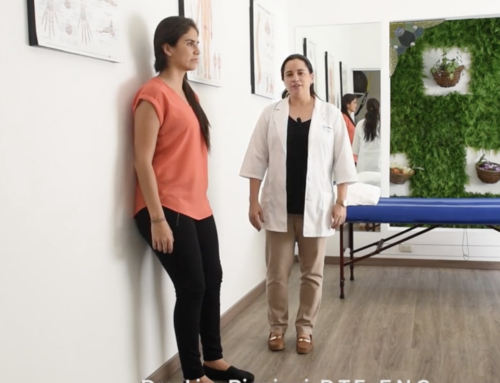Dystonia
What is Dystonia?
Dystonia may affect a single body area or be generalized throughout multiple muscle groups. Dystonia affects men, women, and children of all ages and backgrounds. Estimates suggest that no less than 300,000 people in North America are affected. Dystonia causes varying degrees of disability and pain, from mild to severe. There is presently no cure, but multiple treatment options exist and scientists around the world are actively pursuing research toward new therapies.
Although there are multiple forms of dystonia and the symptoms of these forms may outwardly appear quite different, the element that all forms share is the repetitive, patterned, and often twisting involuntary muscle contractions.
Dystonia is a chronic disorder, but the vast majority of dystonias do not impact cognition, intelligence, or shorten a person’s life span. The main exception to this is dystonia that occurs as symptom of another disease or condition that can cause such complications.
On the other hand, we do know that dystonia can occur as a result of trauma, certain medications, and mutated genes. So, we may say that the mutated DYT1 gene or physical trauma cause dystonia, but these explanations do not address the true origin of the dystonia and what happens inside the body to produce the symptoms.
When describing dystonia by the cause, it may be characterized as
primary, secondary, or dystonia-plus.Genetic dystonias may be described using certain terms:
Before any of the dystonia genes were discovered, the word
idiopathic was often used to describe the forms that were presumed to be genetic. By definition, idiopathic means “of unknown cause.” Today, if a person’s dystonia is described as idiopathic, that simply means that the cause is not known—it cannot be attributed to trauma, drug exposure, a gene mutation, or another disease or condition.Dystonia-plus
If you want to obtain full text:
http://www.dystonia-foundation.org/pages/what_is_dystonia_/26.php
What is Dystonia?
Dystonia may affect a single body area or be generalized throughout multiple muscle groups. Dystonia affects men, women, and children of all ages and backgrounds. Estimates suggest that no less than 300,000 people in North America are affected. Dystonia causes varying degrees of disability and pain, from mild to severe. There is presently no cure, but multiple treatment options exist and scientists around the world are actively pursuing research toward new therapies.
Although there are multiple forms of dystonia and the symptoms of these forms may outwardly appear quite different, the element that all forms share is the repetitive, patterned, and often twisting involuntary muscle contractions.
Dystonia is a chronic disorder, but the vast majority of dystonias do not impact cognition, intelligence, or shorten a person’s life span. The main exception to this is dystonia that occurs as symptom of another disease or condition that can cause such complications.
On the other hand, we do know that dystonia can occur as a result of trauma, certain medications, and mutated genes. So, we may say that the mutated DYT1 gene or physical trauma cause dystonia, but these explanations do not address the true origin of the dystonia and what happens inside the body to produce the symptoms.
When describing dystonia by the cause, it may be characterized as
primary, secondary, or dystonia-plus.Genetic dystonias may be described using certain terms:
Before any of the dystonia genes were discovered, the word
idiopathic was often used to describe the forms that were presumed to be genetic. By definition, idiopathic means “of unknown cause.” Today, if a person’s dystonia is described as idiopathic, that simply means that the cause is not known—it cannot be attributed to trauma, drug exposure, a gene mutation, or another disease or condition.Dystonia-plus
If you want to obtain full text:
http://www.dystonia-foundation.org/pages/what_is_dystonia_/26.php




